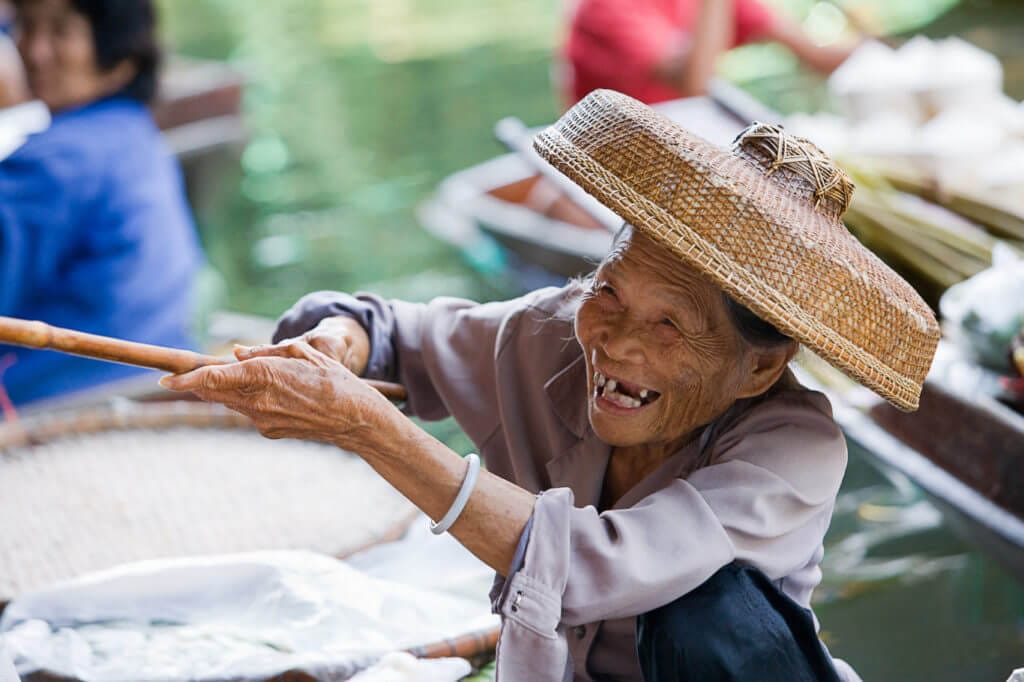Historic Photography Tour in Italy
Study Photography in Europe
The Worldwide Navigators Difference


Sojourn – Gain a better understanding of the community you’re visiting. Learn about different religions or spiritual practices. How do these impact the communities? How does religion or spirituality influence local traditions?
1 of 1

Savor – Will you choose sweet or savory? Take the time to visit local markets and discover unique local ingredients. Learn how to prepare traditional meals & local favorites.
1 of 1

Tip of the Tongue – Each morning, take the time to learn a few basic greetings and phrases in the local language. Learn how to write greetings & your name in the local script.
1 of 1

A Wrinkle in Time – History influences our present. Discover the history of the country you visit. Hear the stories of your guides & their family history. Where do they come from?
1 of 1

Journal Journeys – Take some time to reflect on the day’s events and document your journey. Spend a moment journaling about the day had & day ahead. These are memories for a lifetime!
1 of 1

Culture – From local dances, festivals, or simple gestures to communicate – all of these make up a country’s culture. Learn and practice cultural norms & how to show respect in the culture you visit.
1 of 1Itinerary
Benvenuto a Roma! Start your tour of the ancient city with a walk in the Orange Trees Garden, the perfect place to relax after a long trip. From the terrace, you can enjoy a beautiful view of the city while listening to music played by street artists. A few steps further, you will find the headquarters of the Knights of Malta. The entrance of the building has a unique keyhole through which you can see the dome of Saint Peter in the distance. Time to pay a visit to the biggest attraction of Rome, the Colosseum! But the huge arena is not the only proof of the Romans’ construction skills. Aqueducts are another Roman marvel that has survived to this day. You can marvel at numerous examples in Parco degli Acquedotti.
Take a tour of the Farnese Gardens, a botanical garden built by the Farnese family, who owned the entire Palatino Hill in the 16th century. Behind the majestic Altar of the Fatherland, where an unnamed soldier is buried, the Roman Forum rises and transports visitors back to the Roman era. Your trip to the past continues in the Pantheon, the best-preserved ancient Roman monument, and probably one the most sophisticated Roman buildings, boasting a giant dome with a hole in the top. On your way toward the bright Trevi Fountain, you’ll find Galleria Sciarra, a 19th-century private courtyard that will amaze you with the colors of its frescos. A famous Hollywood star can be found in the Piazza di Spagna, which was the scene of numerous movies, including ″Roman Holiday.″ On your way back to the hotel don’t forget to visit Pincio Garden and Quartiere Coppedé, a surprising neighborhood where ancient Greek, Roman baroque, mannerist, Medieval, and, art nouveau styles are all fused in harmonic architecture.
You cannot leave Rome without paying a visit to the pope in Vatican City! The Vatican Museum, the Sistine Chapel and St Peter’s Basilica with its spectacular view of the city from the dome attracts thousands of visitors every year from all over the world. Marvel at the many frescos and works of art kept in the little city-state. Another perfect spot for taking pictures of Rome is the Janiculum Terrace. From here enjoy a walk toward Trastevere, one of the most characteristic neighborhoods of Rome on the east side of the river Tiber. It’s full of Italian restaurants where you can savor your last “carbonara,” the most famous Roman dish, before moving to the next stop of your photographic tour.
One of the Italian high-speed trains will take you to Florence, the cradle of Italian art. Michelangelo, Donatello, Botticelli, Brunelleschi were all born there, and many other artists came to study in the many workshops of Florence. Your tour of the city starts from the Cathedral of Santa Maria del Fiore, the third-largest church in the world built in the 15th century. Giotto’s bell tower, right next to the dome, is 84.7 meters (278 feet) high, and offers a great view of the city and on the octagonal Baptistry of San Giovanni, an architectural work of art that dates back to the time of the Romans and was converted into a church. The second-most famous church in Florence is the gothic-style church of Santa Croce, a historical place that hosts the graves of great personalities such as Michelangelo, Galileo Galilei and Niccolò Machiavelli. The last stop of the day is Pazzi Chapel, one of the main works by Filippo Brunelleschi. The name, which means “crazy,” refers to a wealthy family of bankers that killed the offspring of the powerful Medicis and then were murdered by the only survivor.
The next day starts with a visit to Uffizi Gallery, where many world-famous works of art are kept. Get ready to be amazed by the beauty of Botticelli’s “Birth of Venus,” Leonardo da Vinci’s “Annunciation” and the anger and disdain conveyed by Caravaggio’s “Medusa.” Palazzo Vecchio, the symbol of civic power for over seven centuries, is the political center of the city. The palace dates back to the Medieval era, and was built on a Roman theater. Its linear but solid structure reflects the ideal of freedom that characterized communal Italy. On your way to the last stop of the day, visit Orsanmichele Church, a unique building once used as a marketplace and as a storage facility. Orsanmichele was converted into a worship center after an image of the Holy Mary became an object of worship following some miracles that took place during the 1348 plague. The National Museum of Photography is the perfect place to visit for photography lovers. Named after the Alinari brothers, who, in 1852 established in Florence the first photography company, the museum hosts a gallery with pictures that document national and world history from the mid-19th century to the present day. Divided into seven sections, the museum shows the advancement in photography technology and techniques.
On your last day in Florence, you should to pay a visit to Boboli Gardens, a classical example of a 16th-century Italian garden. The park is the biggest one in Florence and its structure includes elegant hedges and terraces decorated with statues and fountains. After a relaxing morning in Boboli Gardens you are ready to walk to San Minato al Monte a Romanesque abbey on one of the highest points in the city offering a beautiful view of the city center. The best way to end your visit to Florence is with a cruise on the river Arno, from which you can enjoy the city at sunset and take beautiful picture of Ponte Vecchio. The bridge, which was once where butchers and produce vendors sold their goods, has also hosted many prestigious workshops and goldsmiths since 1593, making it even more precious.
Welcome to the most romantic city in the world! Have a traditional Italian breakfast before heading toward Ca’ d’Oro, an elegant place whose facade was once covered in gold. Despite its name and its antique appearance, Ca’ d’Oro is a beautiful example of Venetian gothic styling. Rialto Bridge, the oldest and most elaborate bridge ever built in Venice as well as one of the main symbols of the city leads you to Rialto Market. At the market you can experience the atmosphere of Venetian everyday life, where fishermen and farmers sell their fresh products in a beautiful display of local and traditional food. A completely different vibe awaits you in the stores of Fondaco dei Tedeschi Palace. The shops are intended for an international clientele, but located in an ancient building with a terrace that offers a beautiful view of the city. Take another picture of the Venetian panorama from the top of Scala Contarini del Bovolo, a unique spiral staircase with spectacular white arches that contrast with the red of the bricks that compose the 84-foot high structure of the tower.
Your second day in Venice starts with an immersion in Italian art. Scuola Grande di San Rocco, a building dating back to 1549, was fully decorated by the famous Italian artist Tintoretto who painted the marvelous 12 canvases that cover the ceiling of Salone Superiore, the main room of the palace. Leaving Scuola Grande di San Rocco you’ll take a gondola, the traditional Venetian boat that awaits you for a little cruise on the Grand Canal. This peaceful journey offers a perfect view to take in palaces and churches like the Basilica di Santa Maria della Salute, a stunningly beautiful church made completely of white marble. Finally, you’ve reached Piazza San Marco, the core of Venice that for many years has hosted great events like the traditional carnival. Here you will be visiting Basilica di San Marco, Palazzo Ducale, Campanile di San Marco e Torre dell’Orologio e Palazzo del Doge. After taking a picture on the famous Bridge of Sights, it’s time to reach Casa dei Tre Oci, one of the most amazing Venetian neo-gothic Venetian palaces that hosts an exhibit on 20th-century photography. Every year the exhibit draws thousands of photography lovers from around the world.
Start your last day in Venice with breakfast in the Jewish Ghetto, the oldest ghetto in the world. Since 1516 the area has been home to a vibrant Jewish community. The next stop is Acqua Alta Book Shop, a unique shop blending books, unusual furniture, cats and high water. Here you can find piles of both old and more recent books placed in gondole, the traditional Venetian boats to protect them from the water. These watercraft are a different kind of boat than those constructed at the Arsenale by the big merchants whose success allowed Venice to become a commercial power. Through time the Arsenale became a little town where the craftsman guarded and passed down their techniques. Another place in Venice that is home to an important craft is Murano, a little island that hosts many glass workshops in which artisans turn incandescent glass into colorful sculptures and objects. Colors are also what characterizes the island of Burano famous for its houses that make the visitors feel like they are walking through a rainbow town.
After a week full of historical landmarks and new adventures, the time has come to pack up and depart from Italy. Although the week has come and gone, what you have learned will stick with you for years to come.
Italy is waiting for you! With 53 UNESCO World Heritage sites, Italy is home to thousands of ancient buildings and world-renowned works of art. From Milan to Palermo, the peninsula is the perfect location for immersing yourself in history and art. But Italy has even more to offer: breathtaking landscapes, exquisite food and interesting events. Here you are sure to find inspiration and unique subjects for your pictures.
Value
3-6 Day
Group Trips
- Airfare
- Transportation
- 2.5 - 3-Star Accommodations
- Daily Activities & Excursions
- 2 Meals Per Day
- Tours & Entrance Fees
- Daytime & Self-Guided Tour Director
- 1 Impact Project
Classic
7-12 Day
Group Trips
- Airfare
- Transportation
- 2.5 - 3-Star Accommodations
- Daily Activities & Excursions
- 2 Meals Per Day
- Tours & Entrance Fees
- Daytime Guided Tour Director
- Up to 2 Impact Projects
Epic
7-14 Day
Group Trips
- Airfare
- Transportation
- 3.5 - 4-Star Accommodations
- Daily Activities & Excursions
- 2 Meals Per Day
- Tours & Entrance Fees
- 24/7 Guided Tour Director
- Up to 3 Impact Projects
- Final Night Celebration Dinner
Interested in adding or modifying activities? No problem! All Worldwide Navigator itineraries can be customized to your liking!
In collaboration with our partners


